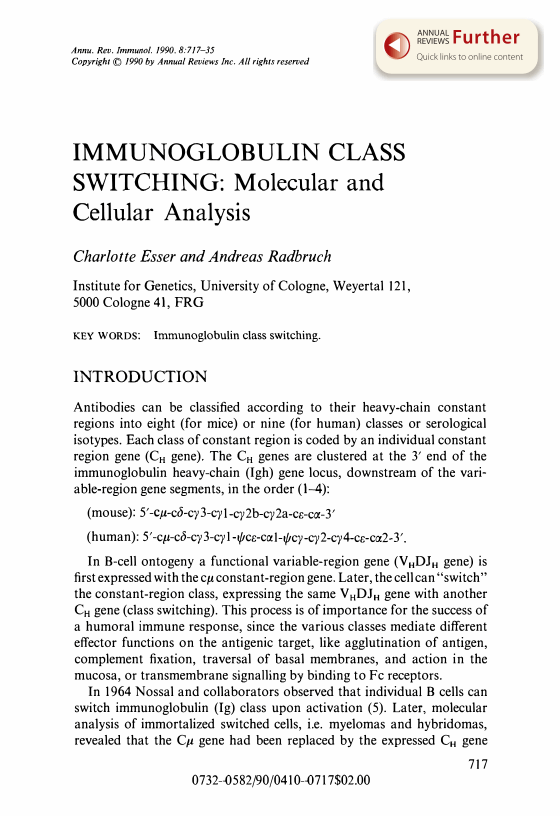
Full text loading...

Immunoglobulin Class Switching: Molecular and Cellular Analysis, Page 1 of 1
< Previous page | Next page > /docserver/preview/fulltext/immunol/8/1/annurev.iy.08.040190.003441-1.gif
There is no abstract available.

Article metrics loading...

Full text loading...

